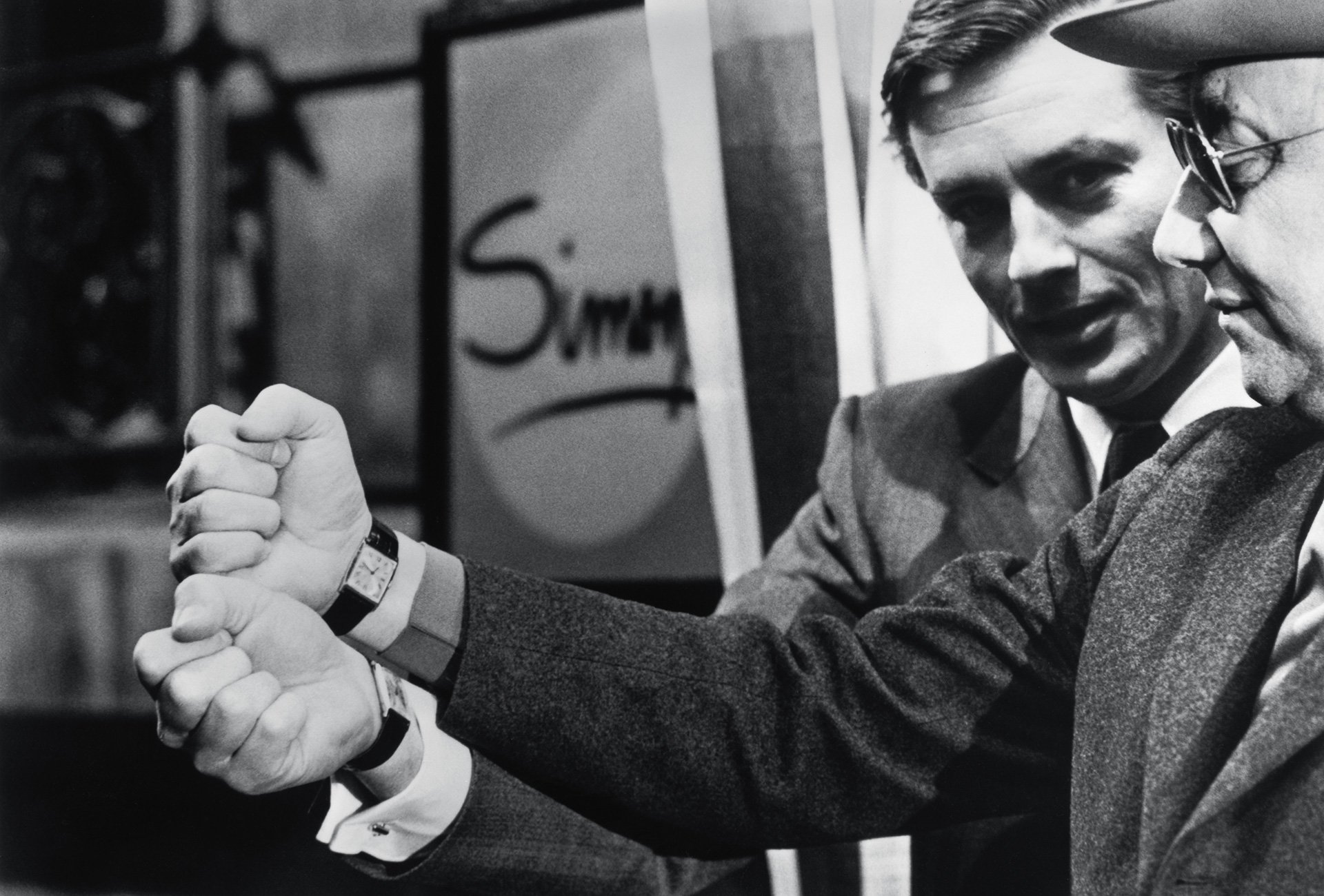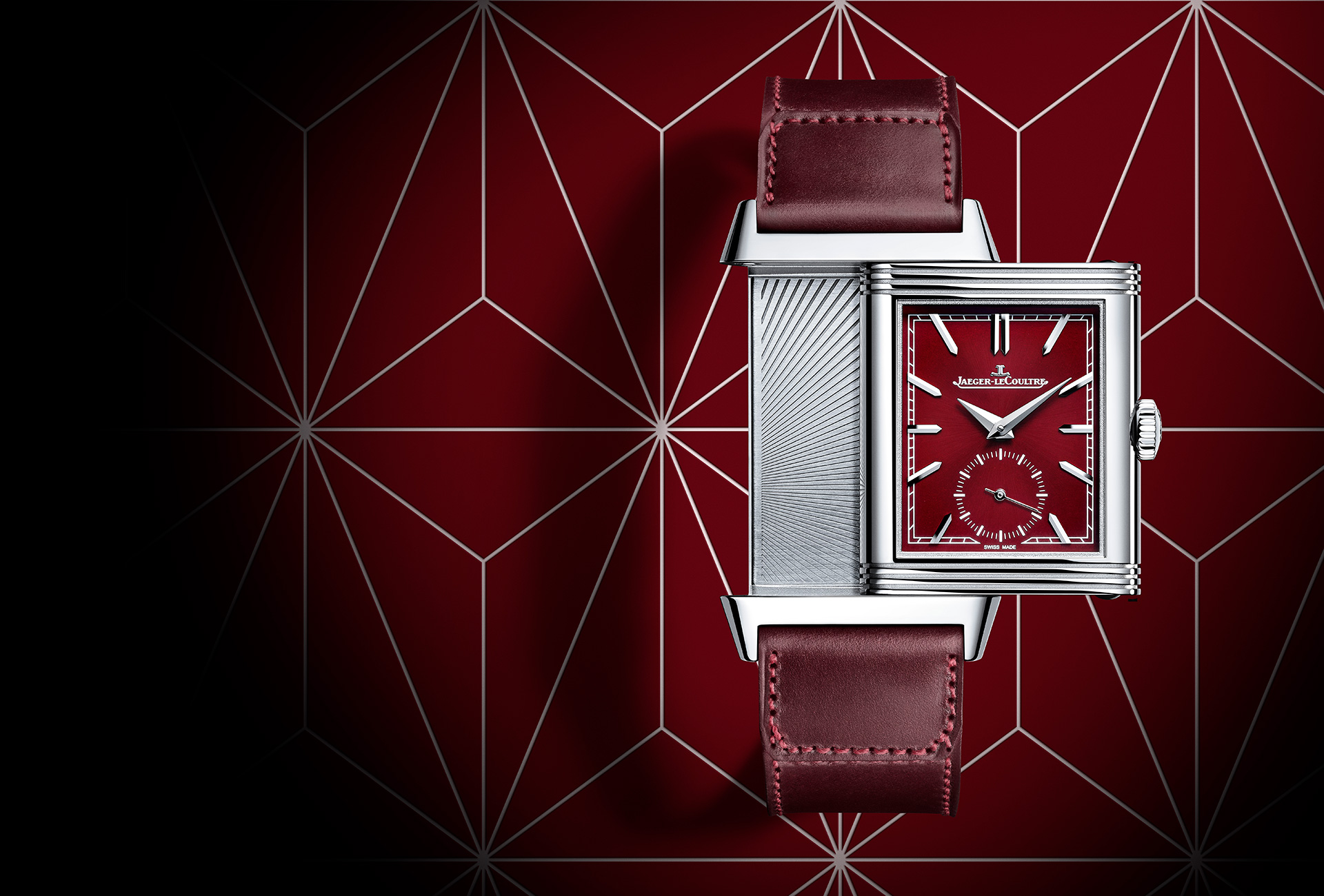Born a little over a century ago, Cartier’s Tank is a lesson in elegance and purity, and remains one of the top-selling watches in the world. As does the Calatrava from Patek Philippe. Launched in 1932, it is the epitome of the simply beautiful, perfect watch. Since then we have seen no end of mechanical complications, technological innovations, design revolutions and digital adventures. And throughout this time, the classics are as up to date as ever. Economists explain this apparent contradiction by the fact that consumers seek to spend their money wisely, and no more so than during times of crisis. Investing in a classic watch brings the same sense of reassurance as putting our money into bricks and mortar, a Marcel Breuer B3 chair, a Chanel quilted bag or an iconic Cartier bracelet. These are objects that will be passed from generation to generation. As we become more critical of overproduction or reel at the dizzying speed of the hypermodern age, fundamentals help slow the pace. At once reasonable and exceptional, they fulfil our need for something more essential.
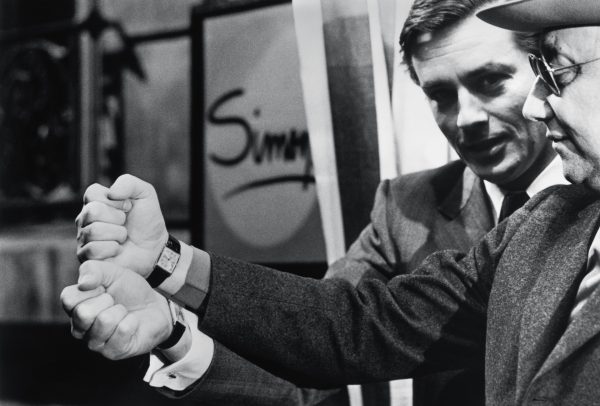
First, though, what is a classic watch? A classic is an object that lasts through time. So far, so simple. It is also – and here we enter a more subjective construct – an aesthetic. While the Rolex Submariner may be a legendary watch, its sporting style and high-tech content don’t make it a “classic”. The problem being that, extremes apart, defining a classic is not that easy. Must it have a leather strap? Not necessarily. Even the Tank and the Calatrava exist on metal bracelets. Must it be at least half a century old? No, says the Hermès Nantucket, an icon of underplayed elegance since its creation in 1991. Should it show time only? Again, no. The Lange 1 from A. Lange & Söhne can display the date, moon phases or power reserve, it remains true to the simplicity and timeless elegance that point to a classic watch. One thing, however, is certain: the Latin root, classicus, “of the highest class”, reminds us that a classic sets a standard of excellence.
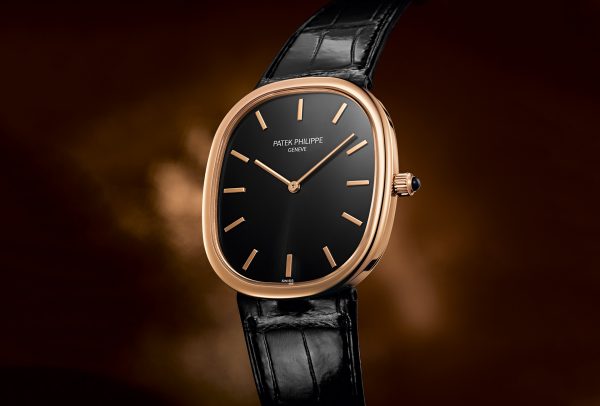
A classic watch could well have been an innovator of its day, at the vanguard of technology or infused with Art Deco, Brutalism or Op Art. In fact this originality is probably how it broke through the ranks. Neither circle nor rectangle, in 1968 Patek Philippe’s Golden Ellipse defied the traditional geometry of the watch. This was an era that challenged the status quo; the same decade that Yves Saint Laurent put women into trousers and a tux. Before it became a classic, le smoking was considered outrageous, irreverent. A classic ruffles the feathers of society because it appeals to a (possibly subconscious) desire. The Jaeger-LeCoultre Reverso (1931), much like, say, the Burberry trench (1914), each satisfied a demand: for one, that of polo players who needed to protect their watch and, for the other, that of British military officers (hence “trench”) in need of a functional coat. Originally, the belt rings were for carrying grenades and a sword. Civilians were quickly won over by the utility and design of one and the other.
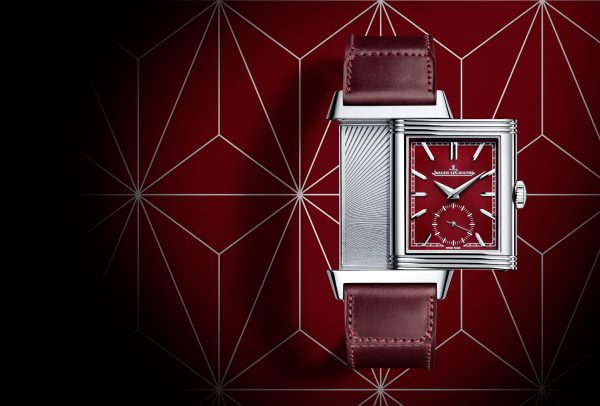
Sometimes, a classic can enter a hiatus. A Thirties icon with its glorious Art Deco style, the Reverso slipped out of sight post-war, only to return in the Seventies, echoing what was happening in fashion and in society at large. After the insolence of Sixties youth (miniskirts and eye-popping colours) and futuristic fantasies (clothes inspired by space travel), make way for the discreet charm of the bourgeoisie, the sophistication of Romy Schneider directed by Claude Sautet, or the retro charm of Jean-Paul Belmondo in Stavisky. For every trend there is a countertrend, and so it makes sense that the infatuation with smartwatches should be joined by a desire for more authentic models. That faced with a plethora of limited editions and an extraordinary variety of options, we turn to these horological staples for the assurance that we have chosen the “right” watch. When Kim Kardashian buys Jackie Kennedy’s Tank at Christie’s, she can be confident she is ticking all the boxes for good taste.
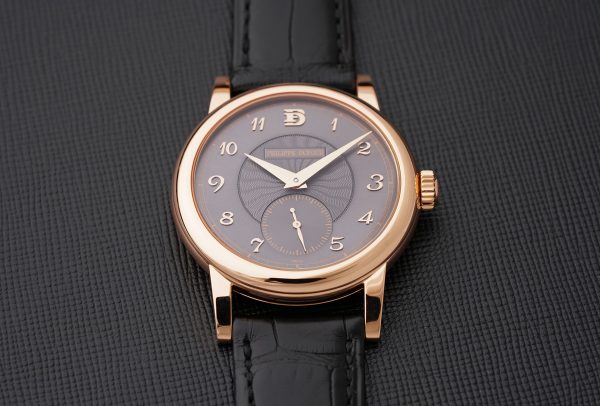
Storytelling, it has to be said, helps keep the flame alive. On the eve of its 150th anniversary, Audemars Piguet charms as much for the perfection of its watches as for their enduring nature. One name, or rather two, stand out in this landscape: those of Philippe Dufour and his Simplicity. The ultimate classic watch, we could easily have seen it worn by fathers, grandfathers, great-grandfathers, except that… Launched in 2000, barely more than a hundred exist. When the first in the final limited series of twenty, a work in progress, was sold at auction, it fetched $1.5 million. Hardly the watch handed down by your average grandfather, but another way to slow the pace and reacquaint ourselves with simply waiting. Our Latin-speaking ancestors can be proud: the “classicus” watch is still of the highest class.









